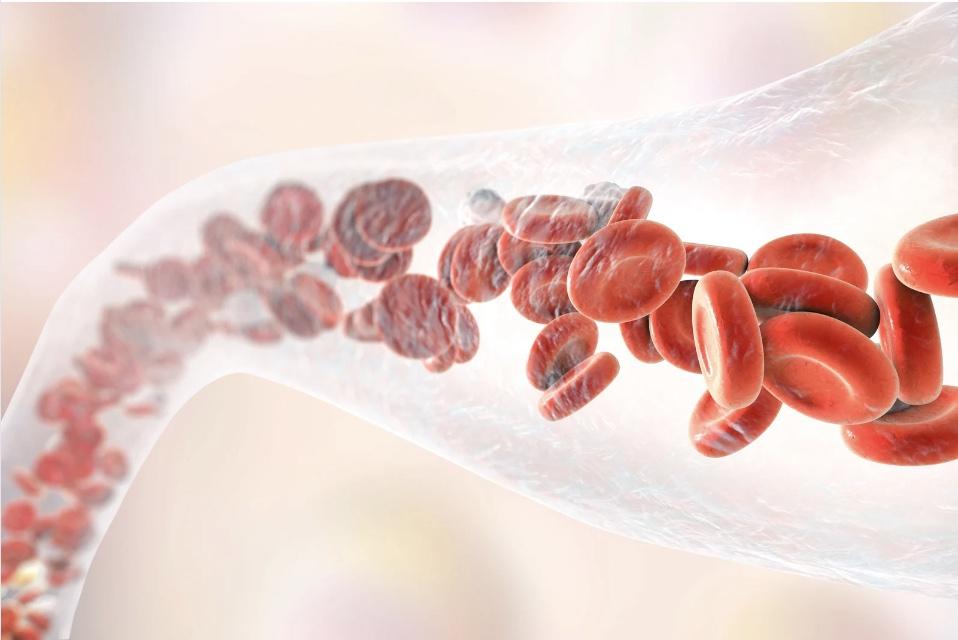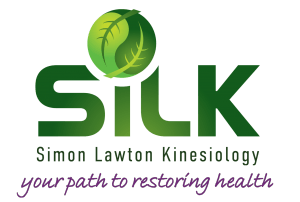The mind and body are not separate. What affects one affects the other.
Anonymous
How Kinesiology Can Help
When the body is in harmony, we enjoy vibrant, good health. Symptoms of poor health are the body’s warning signals that something is wrong. Conventional medicine is often directed at masking or reducing these symptoms but rarely addresses the root cause of the problem. Through the language of muscle testing, kinesiology ‘talks’ directly to the body to ascertain the root cause of the problem. When the root cause is addressed, the symptoms will naturally disappear.
Kinesiology can help with a wide range of health issues, as outlined below.
Structural

Muscles, joints and other issues relating to the structure of the body:
Joint pain ♦︎ Neck Pain ♦︎ Lower Back Pain ♦︎ Pelvic misalignments ♦︎ Sciatica ♦︎ RSI ♦︎ Frozen shoulder ♦︎ Tennis/golfer’s elbow ♦︎ Scoliosis ♦︎ TMJ (Jaw) issues ♦︎ Old injuries/niggles
Digestive

Issues related to the Digestive and Intestinal systems:
Ileocaecal Valve (ICV) Syndrome ♦︎ Irritable Bowel Syndrome (IBS) ♦︎ Constipation ♦︎ Diahorrea ♦︎ Ulcerative Colitis ♦︎ Crohn’s Disease ♦︎ Bloating ♦︎ Small Intestinal Bacterial Overgrowth (SIBO) ♦︎ Acid Reflux
Hormonal

Hormonal imbalances in the body’s endocrine system:
Thyroid disorders ♦︎ Menstrual problems ♦︎ Menopausal problems ♦︎ Adrenal Stress ♦︎ Prostate Issues ♦︎ Fertility Issues
Immune

Low functioning immune system:
Autoimmune issues ♦︎ Frequent/stubborn colds or infections ♦︎ Hayfever ♦︎ Allergies and sensitivities ♦︎ Pathogens ♦︎ Heavy metal toxicity
Emotional

Emotional burdens that impact the health of the body:
Traumas ♦︎ Fear and phobias ♦︎ Stress ♦︎ Anxiety ♦︎ Addictions ♦︎ Eating disorders ♦︎ Low self-esteem ♦︎ Trapped emotions
Energy

Problems arising from energy imbalances and electrical disorders:
Chronic fatigue ♦︎ Sleeping difficulties ♦︎ Aura leaks ♦︎ Over/under energies ♦︎ Chakra imbalances ♦︎ Walking/balance problems
Urinary

Kidney, urinary tract and bladder issues:
Frequent need to urinate ♦︎ Kidney disorders ♦︎ Interstitial cystitis ♦︎ Urinary infections ♦︎ Gout
Blood/Metabolism

Blood and metabolic disorders:
Low/high blood pressure ♦︎ Blood composition disorders ♦︎ Blood sugar imbalances ♦︎ Insulin resistance ♦︎ Oedema ♦︎ Acidosis/alkalosis
Others

Kinesiology can help with many other disorders:
Skin problems ♦︎ Eye/visual/reading problems ♦︎ Vitamin deficiencies ♦︎ Candida/Thrush

Client Testimonials.
Below are some examples of how I have helped many clients using kinesiology.









